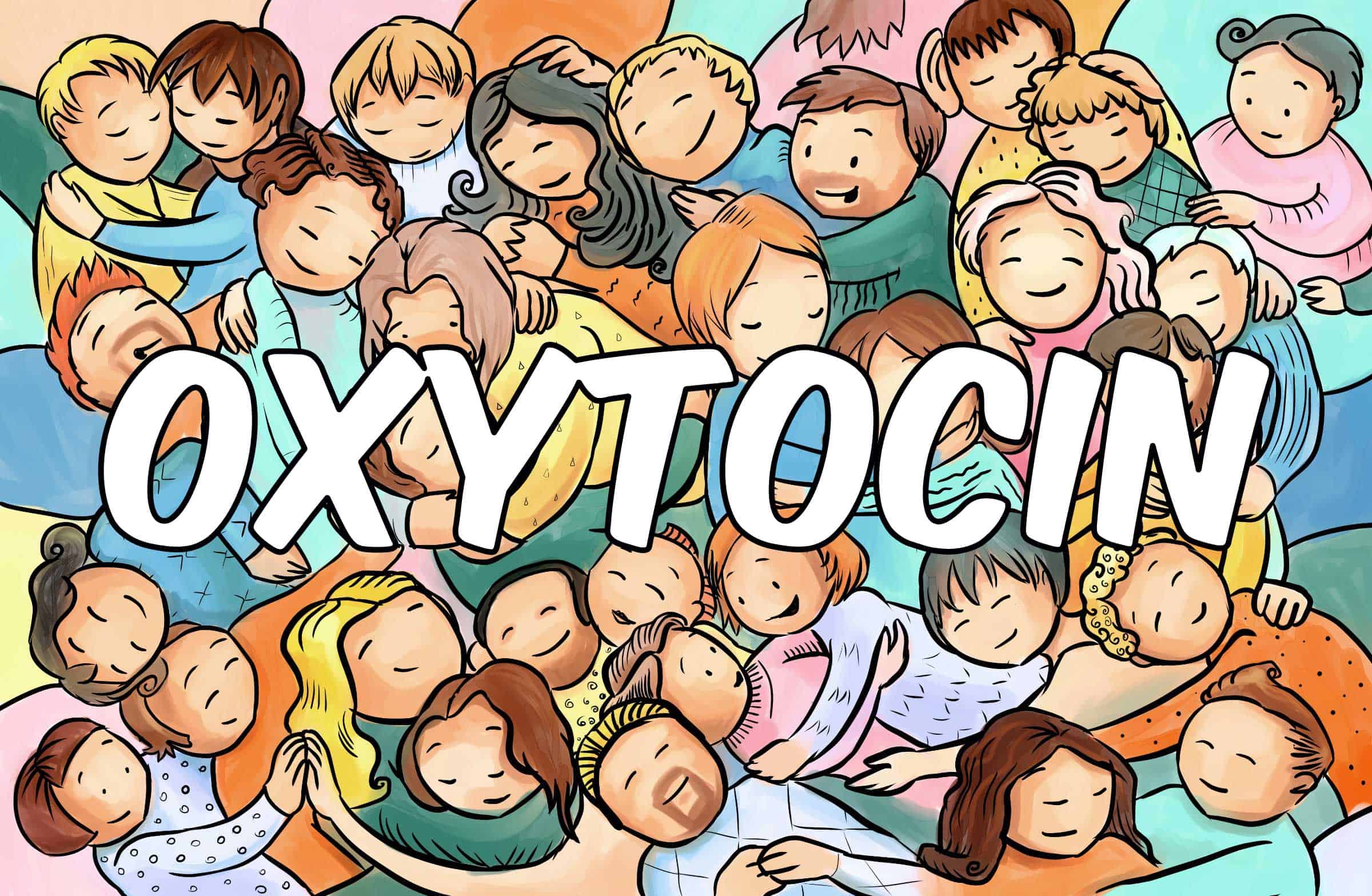
Have you heard about autosexuality? It is a little-known sexual orientation that is becoming more and more popular, especially among millennials.
Autosexuality is all about loving yourself before anyone else. Something that many of us find difficult to do in our hectic lives.
For those who may not know, autosexuals are individuals who are sexually attracted to themselves. This means a complete focus on their own bodies and desires without involving any other person.
Although the concept may sound strange at first, it’s actually not that unheard of! In fact, research suggests that nearly 1 in 10 people identify as autosexual.
In recent years, social media platforms have seen a huge increase in activity surrounding autosexual content and conversations about people’s experiences with it.
This has helped to spread awareness regarding the practice among people from all walks of life and break down preconceived notions about what those who identify as autosexual might face.
But how does one determine if they are truly autosexual? While there’s no definitive answer due to the subjective nature of understanding personal sexuality, exploring one’s own desires can yield insight into whether or not autoeroticism may be something that applies to them personally.
So, what does it mean to be an autosexual? How can one explore this orientation in a healthy way?
In this article, we’ll take a deeper dive into the world of autosexuality: its history, its misconceptions, and how anyone can safely experience it for themselves. Get ready to explore the fantastic world of self-love!
What is Autosexuality?
According to Dr. Linda Roberts, a clinical psychologist, autosexuality is “the practice of being sexually attracted to oneself”. It usually involves fantasizing about one’s own body and genitals, as well as self-touching and masturbation.
Autosexuals may also engage in fantasy scenarios in which they are partners with themselves.
The practice of autosexuality has been around for centuries, but it has become more widely accepted in recent years due to the rise of social media platforms like Instagram, TikTok, and Twitter.
These platforms have made it easier than ever before for autosexuals to find community and discuss their own experiences with others, which has been incredibly beneficial in spreading awareness about the orientation and destigmatizing its reputation.
Dr. Roberts points out that “One major misconception about autosexuality is that people who are attracted to themselves are “selfish” or “narcissistic” – this could not be further from the truth,” she says.
“Autosexuality is simply a way for individuals to explore their own sexuality and desires on their own terms without involving anyone else – it can actually serve as an act of self-care.”
That being said, there are still some risk factors involved with engaging in autosexual behavior; such as feeling shame over one’s fantasies or becoming overly dependent on self-stimulation for pleasure.
2. What Are Autosexuals’ Unique Needs?
Autosexuals have some unique needs that differ from those of people who identify as heterosexual, homosexual, or bisexual. For starters, autosexuals may need to find new ways to explore and express their sexuality in a safe and comfortable environment.
Additionally, Dr. Roberts notes that “autosexuals may need more reassurance from themselves than individuals who are attracted to others”.
This could involve taking time for self-reflection, learning new coping skills for managing stress and anxiety. And actively engaging in activities that make them feel good about themselves.
Finally, autosexuals may also need additional support in understanding themselves on a deeper level, such as seeking out counseling or engaging with peers who can provide validation and understanding of the orientation.
Overall, it is important for autosexuals to take the time to understand their own unique needs so they can establish healthy methods of self-care and exploration that are right for them.
3. Types of Autosexual Attraction
Just as people who identify as heterosexual, homosexual, bisexual, or fraysexual have different attractions to people of a certain gender, autosexuals can also experience a range of attraction to themselves.
These can include:
- Physical attraction (in terms of feeling attracted to their own body)
- Emotional/intellectual attraction (being emotionally and intellectually stimulated by oneself)
- Romantic attractions (experiencing romantic feelings towards themselves)
- Spiritual attractions (feeling drawn to oneself in a spiritual way).
Each person may feel one type of attraction more strongly than another, or all types equally. It is important for autosexuals to take time and explore what type of attractions they experience the most and how they impact the way they express their sexuality.
Dr. Roberts also advises that “autosexuals should remember that there is no right or wrong way to experience these feelings- it is all about exploring whatever feels right for them”.
4. How to Tell If I’m Autosexual
The best way to tell if you are autosexual is to take time and really explore your feelings and attractions towards yourself. If you find yourself feeling strongly attracted to yourself in any of the ways mentioned above. Or if you experience a strong desire for self-expression and intimate experiences with yourself, then it is likely that you are autosexual.
It is also important to remember that everyone’s experience with their sexuality is unique and personal. Dr Roberts also notes that “there is no one way to identify as autosexual – it’s all about being true to oneself and understanding what resonates within each individual”.
Ultimately, only you can decide what feels right for you in terms of identifying as autosexual or any other type of sexuality.
Here’s a list of questions you can answer to help you decide if you are autosexual:
- Have you found yourself emotionally or physically attracted to yourself?
- Do you enjoy self-love or self-pleasure activities?
- Is spending time alone with yourself comforting and reassuring for you?
- Would other people’s physical presence interfere with your comfort level or sense of security when it comes to exploring your own emotions, desires, and boundaries?
- Do you often think about expressing love for yourself as a way to demonstrate self-appreciation?
- Do you feel like knowing yourself better would help you figure out what kinds of romantic relationships are best for you and which ones don’t suit your needs?
- Do you find it easier to express affection towards yourself than towards others?
- Do fantasies about being with yourself sexually make sense to you and intrigue you in some way?
- Are self-care practices like indulging in bubble baths, reading books, taking long walks, etc., something that brings joy and peace into your life more so than being around other people?
If the answer is yes to most of these questions, it could mean that autosexuality is something that resonates within your personal identity.
Autosexuality isn’t restricted by gender either. Whether someone identifies as male or female, the concept applies equally, no matter how it is expressed from person to person.
The Risks of Autosexuality: Porn and self-stimulation
Dr. Roberts warns, “People who identify as autosexual often use porn and self-stimulation to satisfy their internal longings”. “It’s important to be aware that this can lead to psychological issues such as anxiety or depression, as well as sexual dysfunction.”
Roberts strongly warns against spending too much time in front of screens when exploring their autosexuality.
“Prolonged exposure to pornography and other online material can distort one’s image of themselves and fuel unrealistic images of sexual partners,” she explains.
“This can lead to feelings of inadequacy and dissatisfaction with one’s own body image, and thus create even deeper psychological damage.”
Furthermore, Roberts warns against using self-stimulation excessively as it can lead to an unhealthy dependency on masturbation for pleasure.
“People may find themselves reliant upon this type of behavior for comfort or satisfaction which could contribute to development of unwanted behaviors over time,” she asserts.
“It’s important for people engaging in autosexuality to practice moderation and ensure that they are not relying too heavily on these activities for emotional or mental stability.”





